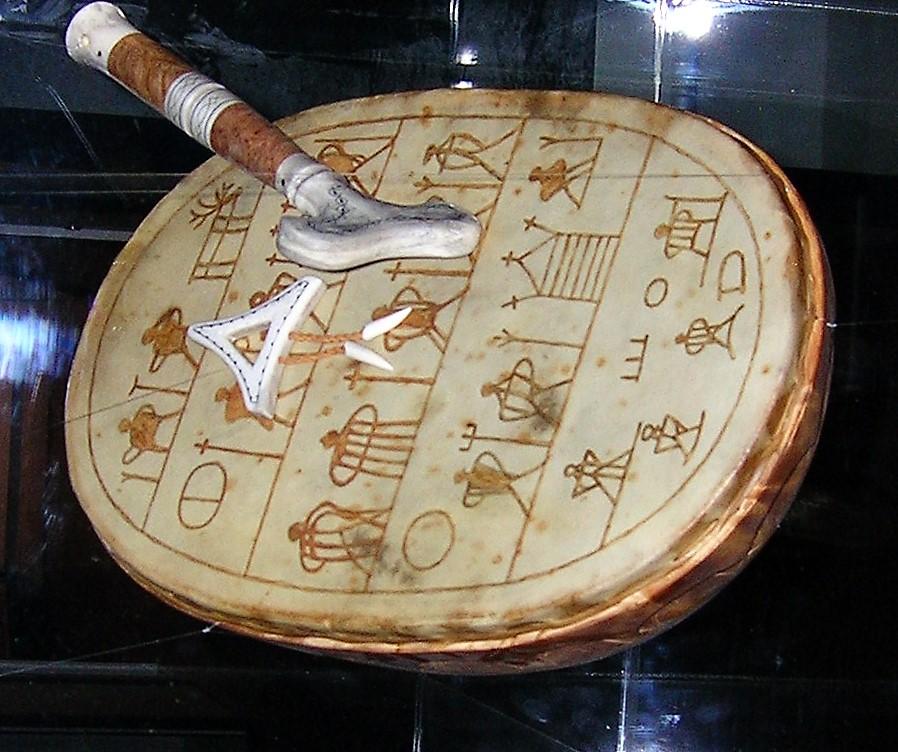Denmark Gives up Ownership of Rare Sami Drum to Norway

Copy of the rune drum belonging to Anders Poulson in Museum of cultural history in Oslo, Norway. The rune drum was confiscated by the authorities of Vadsø in 1691. In 1694 it was transfered to the Royal Art Cabinet in Copenhagen, Since 1979, it has been kept in the saami Museum in Karasjok, county of Finnmark, Norway. (Photo: I, Sandivas, CC BY-SA 3.0/Wikimedia Commons)
The National Museum of Denmark hands over a special Sami drum to RiddoDuottarMuseat in Karasjok, Norway.
According to the Danish Museums Act, the National Museum of Denmark has asked for permission to release a Sami drum, called a runebomme, which has been on loan to RiddoDuottarMuseat in Norway for more than forty years. The permission has now been given by the Danish Ministry of Culture.
"It is only natural that the drum gets its permanent home in the museum to which it has a historical affiliation and to which it has been exhibited for many years", Denmark's Minister of Culture Ane Halsboe-Jørgensen states in a press release.
According to the Museums Act, museums may in special cases separate objects from the collection with the permission of the Minister of Culture. Normally there is no separation to museums in other countries.
But in this specific case, permission has been granted on the basis of the drum's long-term loan to Riddo Duottar Museat together with the drum's special connection to and relevance to the area.
The culturally significant drum was confiscated in Sápmi, Norway, during the witchcraft trials in 1691 and sent to Copenhagen in Denmark for storage at the Danish National Museum.
The loan agreement from the Danish National Museum expired on 1 December last year, and several Norwegian politicians have became involved in the case.
The drum was owned by Anders Poulsen, who was arrested in 1691 in the Nesseby area in North Norway. He was accused of possessing an oval object called runebomme.
With this instrument, he had "practiced the evil and wicked magic", it was stated in the indictment, according to Ságat, and Poulsen risked the death sentence for his deeds. While awaiting sentencing, however, he was ax-killed by the sheriff's deputy while he slept.


